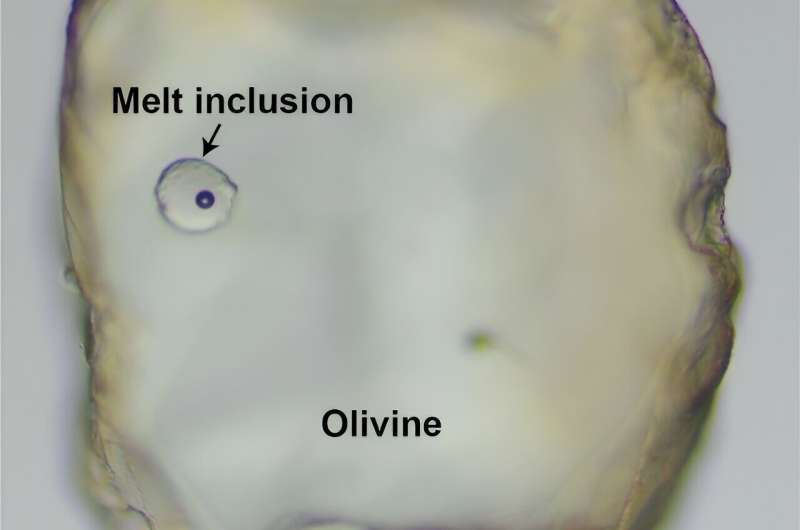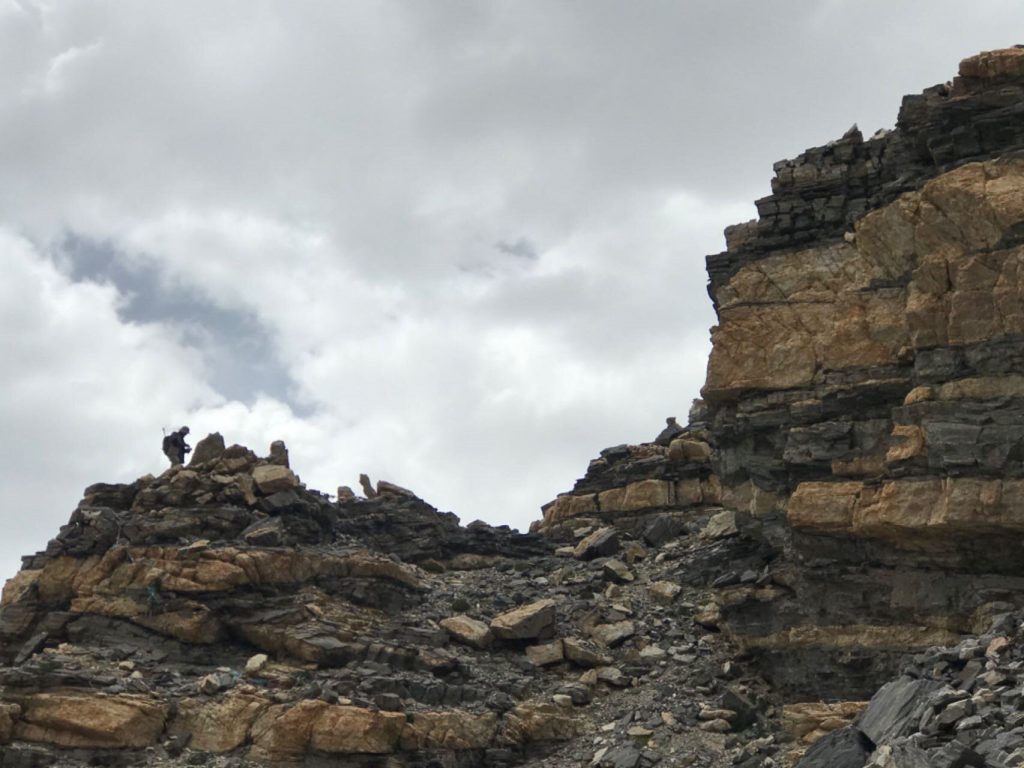Geologists collect magma samples during a field expedition on the Tibetan Plateau. Photo by Hu Fangyang
Scientists have long believed that changes inside the Earth, such as volcanic eruptions and plate collisions, primarily influenced the surface environment. Events such as the mass extinction about 66 million years ago and the glacial and greenhouse climate transitions were thought to have been driven primarily by these deep-Earth processes. But new research suggests that these processes may have played a role in the evolution of the Earth’s surface. Published in Nature Communications A surprising new aspect has come to light: solar radiation can affect the Earth’s interior.
Solar radiation varies with latitude, creating a temperature gradient over the ocean surface, which affects the distribution of marine life. These carbon-rich organisms are transported into the Earth’s interior by the subduction of oceanic plates. Researchers at the Institute of Geology and Geophysics, Chinese Academy of Sciences, found that this process significantly affects the redox state of the arc. magma.
The “redox” state of arc magmas refers to the balance between reduced (losing oxygen or gaining electrons) and oxidized (gaining oxygen or losing electrons) states within the magma that formed in volcanic arcs. Organic carbon They act as the primary reducing agent for the solid Earth, and as a result, the redox state of island arc magmas reflects the penetration of solar influences deep into the Earth.
Thousands of magma samples have been collected to reveal changes in redox conditions across the planet, which are important for targeting metallic ores such as copper, tin and lithium, key components of renewable energy technologies. These samples have provided remarkable insights into the interplay between surface climate and deep Earth processes.

Melt inclusions in olivine. Courtesy of the Chinese Academy of Sciences.
Vanadium and scandium concentrations in island arc magmas were key indicators in the geochemical model. The researchers compiled global geochemical data from Cenozoic island arc magmas and olivine-bearing melt inclusions, latitudeThe redox distribution of island arc magmas depends on latitude, with less oxidized magma at low latitudes than at high latitudes.
“Previous studies have mainly compared samples from the same longitude region, such as the United States in the Northern Hemisphere and Mexico in the Northern Hemisphere. Tropical regions“We didn’t find any significant differences. But samples from different latitudes showed different redox reactions, which piqued our curiosity. By trying to explain these differences, we were able to discover this unexpected pattern,” said geologist Wang Bo, co-author of the study.
“This unexpected pattern suggests that the surface climate has a direct impact on the deep Earth, and that the Earth’s surface environment and climate have a significant impact on the deep Earth,” WAN said.

The sun’s influence on the deep Earth. Courtesy of the Chinese Academy of Sciences.
So how does the sun act inside the Earth?
Further evidence comes from ocean-floor studies, indicating that lower latitudes have more reduced carbon deposits, which react with sulfur to form sulfides that are transported to the mantle and contribute to the observed redox patterns.
“The observed patterns are related to the surface environment and Oxidation/Reduction “This study sheds light on the conditions deep inside the Earth and points a new direction for exploring the resources and environmental impacts of subduction systems at different latitudes,” said Hu Fangyang, corresponding author of the study.
While the results are compelling, the researchers acknowledge that more extensive data is needed from across the planet’s oceans and subducted sediments. This work opens up new avenues of scientific exploration.
For more information:
Fangyang Hu et al. “Latitude-dependent oxygen fugacity in island arc magmas” Nature Communications (2024). DOI: 10.1038/s41467-024-50337-6
Provided by
Chinese Academy of Sciences
Quote: Scientists say the sun’s influence penetrates deep into Earth (July 23, 2024) Retrieved July 24, 2024 https://phys.org/news/2024-07-scientists-sun-penetrates-deep-earth.html
This document is subject to copyright. It may not be reproduced without written permission, except for fair dealing for the purposes of personal study or research. The content is provided for informational purposes only.


